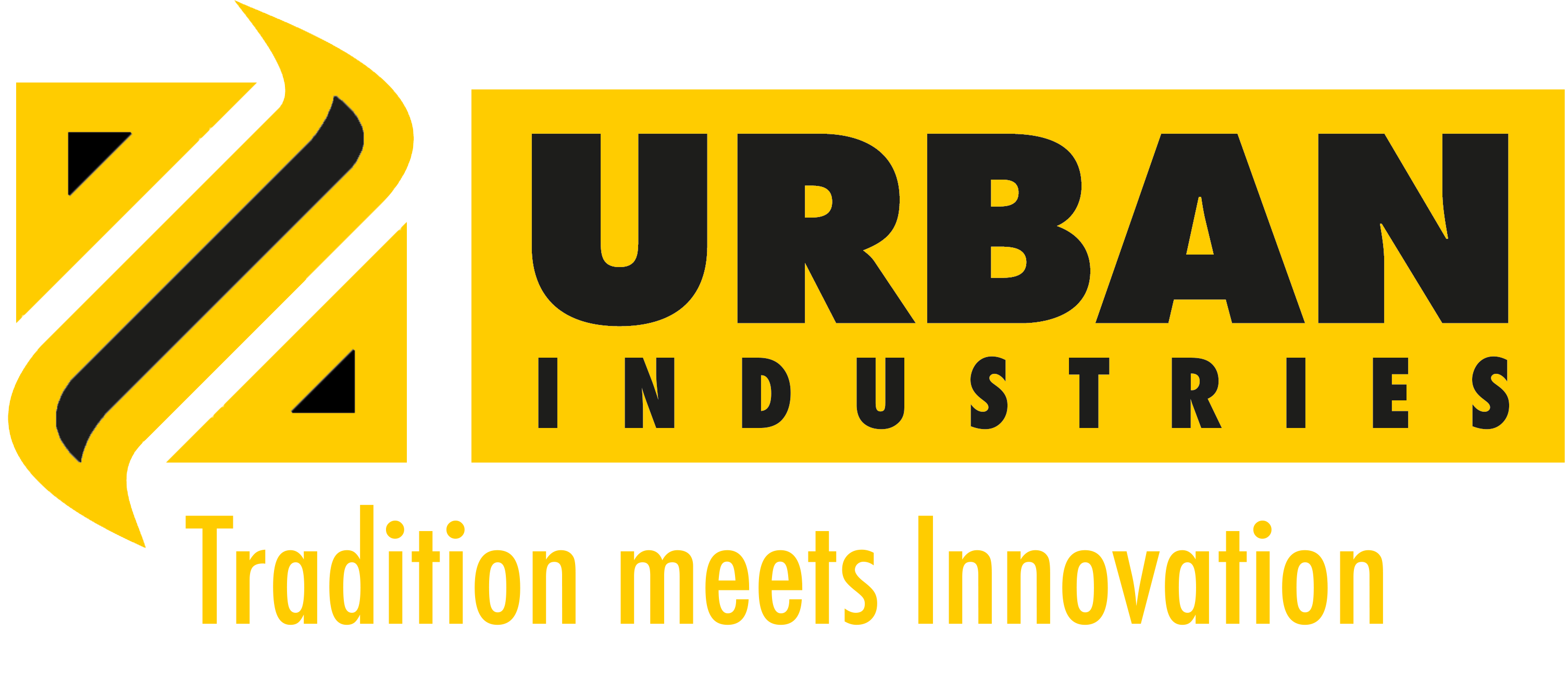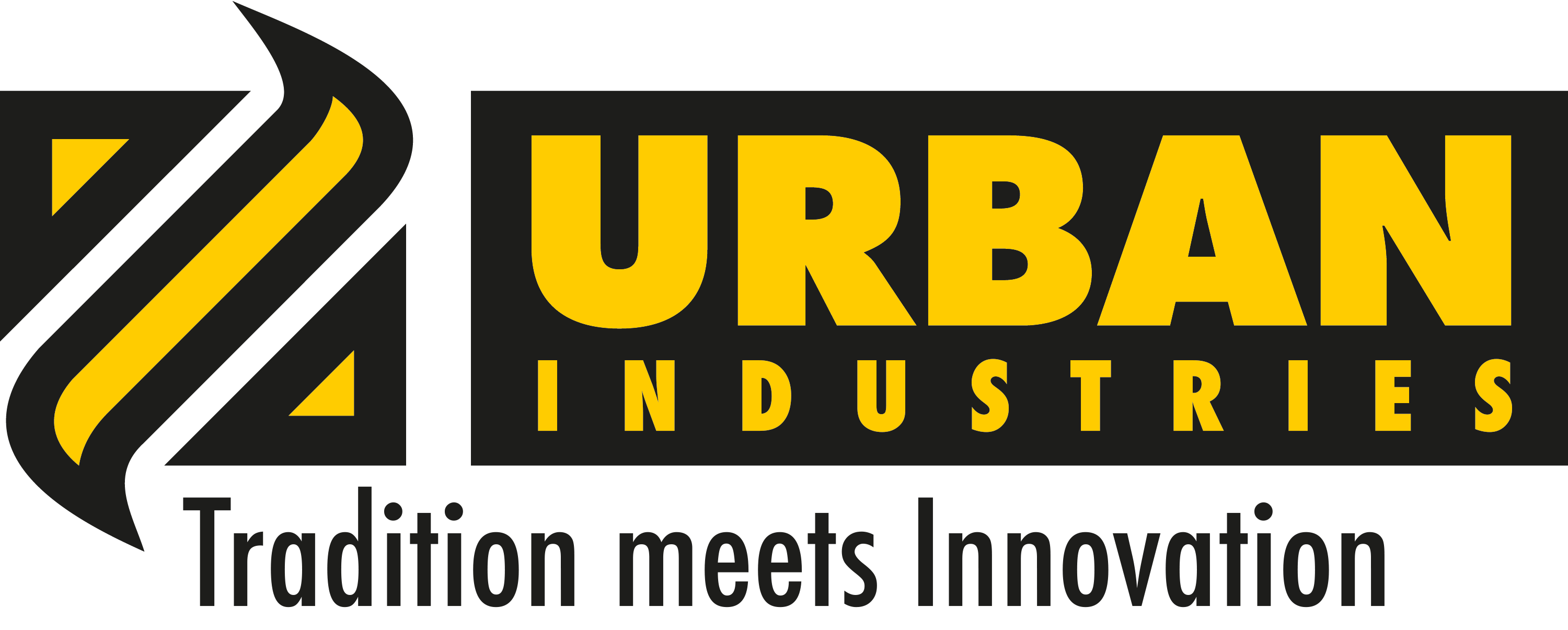Armor plates
Large-format protective panels for armored vehicles and buildings
Armor plates play a crucial role in the protection of vehicles and buildings used in hazardous environments. Whether for military operations, police missions or civilian applications – large-format protective panels are an indispensable part of modern security concepts. But what materials and technologies are behind them? What protection classes are there, and what should you look out for when choosing the right armor plate?
What are large-format armored panels and what are they used for?
Large-format armored panels are specially developed protective components that protect large areas, such as the bodies of vehicles or building facades, against ballistic and explosive threats. Their main purpose is to protect people and structures from damage caused by projectiles, fragments and blast waves. Areas of application include
- Armored vehicles: Protection of military vehicles, police cars and VIP vehicles against firearms and explosions.
- Buildings: Security solutions for embassies, banks or government buildings that are at risk from terrorist attacks or rampages.
- Critical infrastructure: Protection of power plants, airports or military bases against ballistic threats.
Thanks to their high resistance, armor plates can save lives and prevent immense damage – both in civilian and military applications.
Materials for large-format armored panels: advantages and applications
The choice of material is decisive for the protective performance, weight and possible applications of large-format armored panels. Here is an overview of the most common materials:
Steel
- Advantages: Outstanding resistance to projectile fire and pressure waves. Ideal for multiple use under constant fire.
- Disadvantages: Very heavy, which can restrict mobility and EUizienz, especially in vehicles.
- Areas of application: Stationary protection systems such as buildings and heavily armored military vehicles.
Ceramics
- Advantages: Lightweight and particularly effective at absorbing energy. The ceramic shatters on impact, distributing the impact energy.
- Disadvantages: Sensitive to repeated fire and comparatively expensive.
- Areas of application: Mobile emergency vehicles where weight plays a decisive role.
Polyethylene (UHMWPE)
- Advantages: Very light and particularly effective against rifle bullets. This material is increasingly used in modern armor plates.
- Disadvantages: Limited service life and very high costs.
- Areas of application: Highly specialized applications such as VIP vehicles or mobile protection systems.
Protection classes for armor plates in vehicles and buildings
The protection classes for armored plates are based on international standards, such as the NIJ classes (National Institute of Justice) or European standards. These define which types of threats the plates can defend against:
NIJ Level III:
- Protects against rifle bullets and is ideal for civilian armored vehicles or buildings in medium risk areas.
NIJ Level IV:
- Provides the highest level of protection, including against armor-piercing ammunition. This standard is often used in military applications.
STANAG 4569:
- A military standard for vehicle protection based on different threat levels, from light small arms to heavy anti-tank weapons.
A higher standard of protection is essential for the protection of buildings and vehicles in high-risk areas.
What should you look out for with large-format armored panels?
When choosing the right armor plate, there are some important factors that should be taken into account:
Size and coverage
- Large-format armored panels should be designed to cover the entire protective surface. Precise adaptation to the specific dimensions of a vehicle or building is crucial.
Weight
- The weight of the panels plays a particularly important role in vehicles, as heavier materials such as steel can impair mobility.
Durability
- Steel panels have an almost unlimited shelf life, while ceramic and polyethylene are more sensitive to ageing or damage. This is an important factor for long-term applications.
Costs
- Steel is the cheapest solution, while ceramics and polyethylene are significantly more expensive. Nevertheless, the lighter materials can be more eUcient in the long term due to the mobility advantages.
Certification
- Make sure that the armored plates are certified according to recognized standards. Uncertified products can pose a safety risk.
Areas of application: Optimum protection for vehicles and buildings
The areas of application for large-format armored panels are diverse:
- Vehicles: Military vehicles, special police vehicles or civilian VIP vehicles benefit from lightweight but effective materials such as ceramic or polyethylene.
- Buildings: Embassies and banks often rely on steel panels, which offer a high level of long-term protection. Mobile structures such as checkpoints, on the other hand, can benefit from lighter materials.
- Infrastructure: Reactors, water treatment plants and other critical facilities require customized armor plates that can withstand both ballistic and explosive threats.
Conclusion: Armor plates for vehicles and buildings
Large-format armored panels are indispensable when it comes to protecting vehicles and buildings from ballistic threats. Choosing the right material and the right protection class is crucial to finding the optimum balance between protection, weight and cost. Whether made of steel, ceramic or polyethylene, each panel has its advantages and disadvantages and is suitable for specific applications. An investment in high-quality, certified armored plates is essential to protect people and structures effectively – whether in the military, police or civilian sector.

